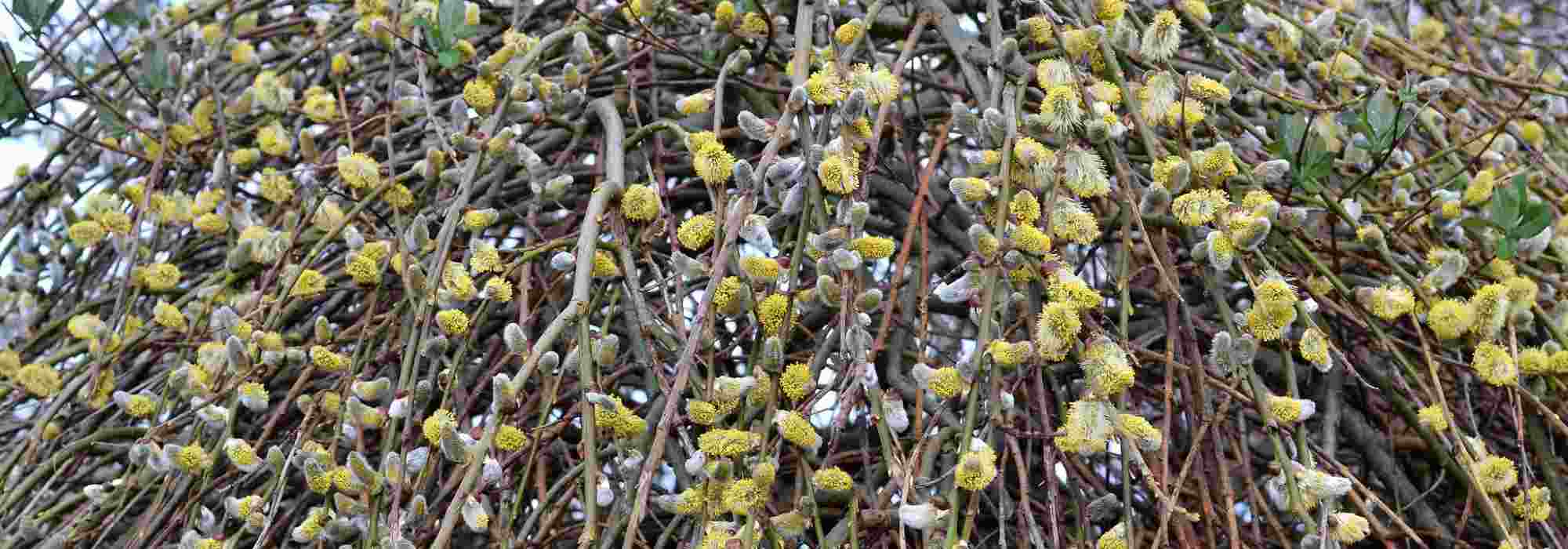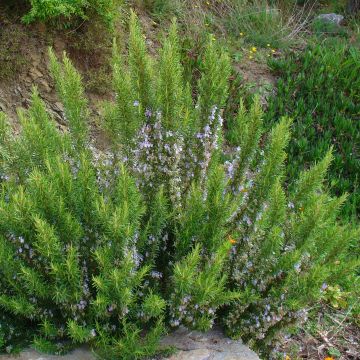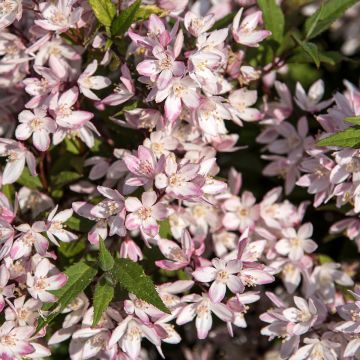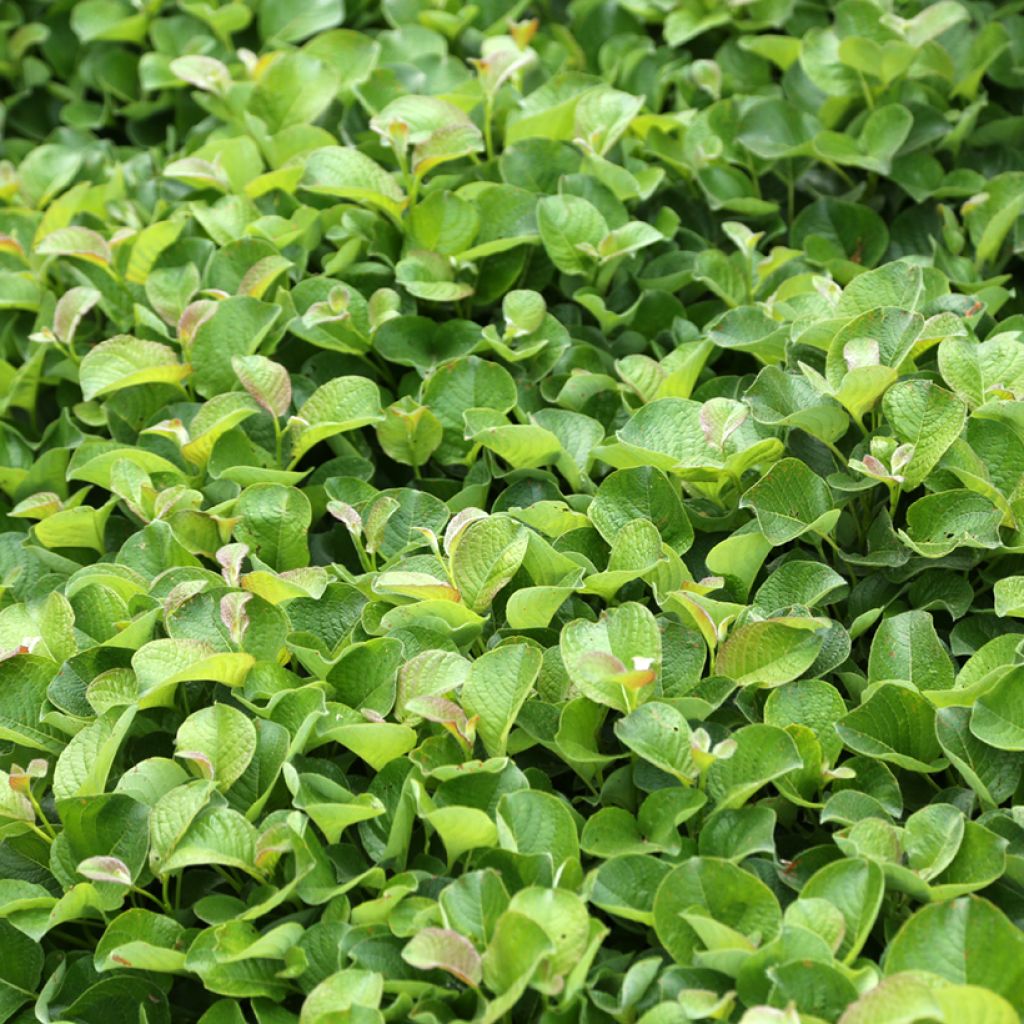

Salix kurilensis - Willow
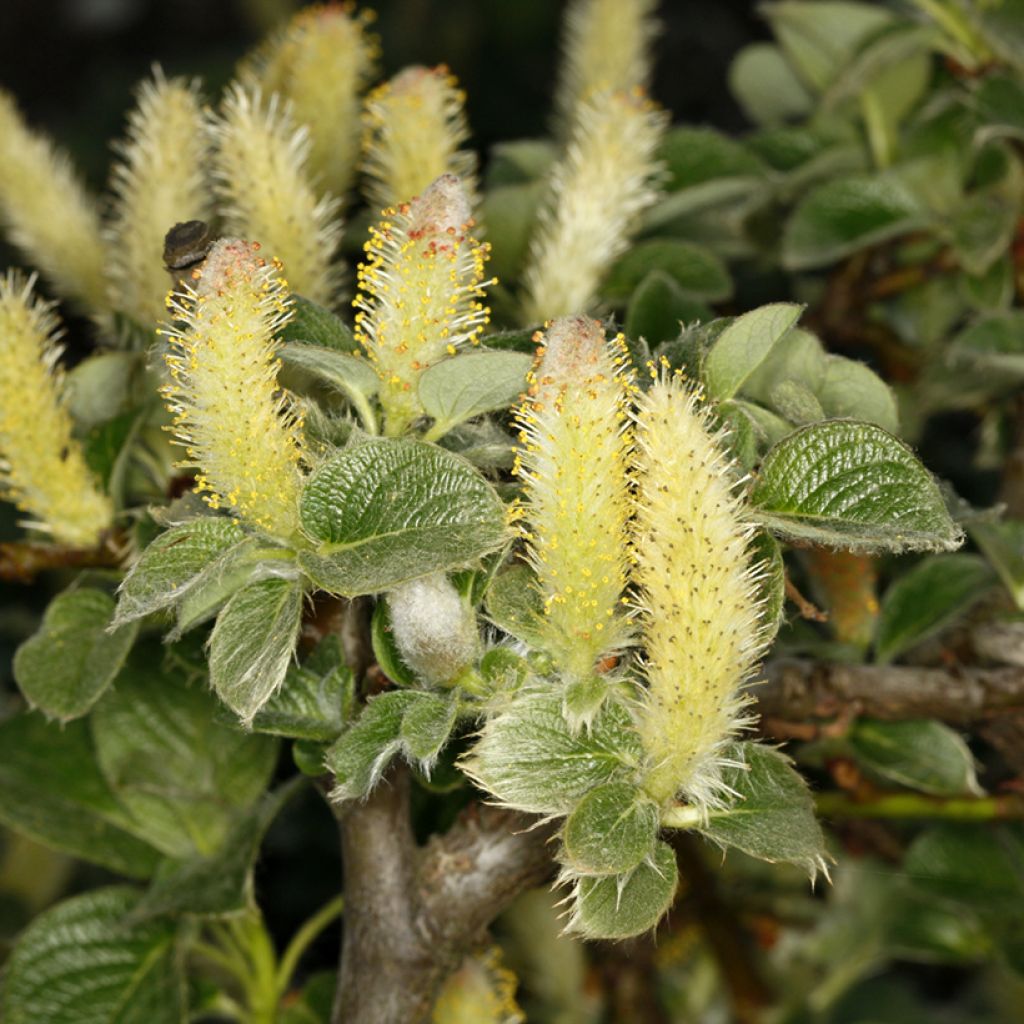

Salix kurilensis - Willow
Salix kurilensis - Willow
Salix kurilensis
Willow
Special offer!
Receive a €20 voucher for any order over €90 (excluding delivery costs, credit notes, and plastic-free options)!
1- Add your favorite plants to your cart.
2- Once you have reached €90, confirm your order (you can even choose the delivery date!).
3- As soon as your order is shipped, you will receive an email containing your voucher code, valid for 3 months (90 days).
Your voucher is unique and can only be used once, for any order with a minimum value of €20, excluding delivery costs.
Can be combined with other current offers, non-divisible and non-refundable.
Home or relay delivery (depending on size and destination)
Schedule delivery date,
and select date in basket
This plant carries a 24 months recovery warranty
More information
We guarantee the quality of our plants for a full growing cycle, and will replace at our expense any plant that fails to recover under normal climatic and planting conditions.
Does this plant fit my garden?
Set up your Plantfit profile →
Description
Salix kurilensis (synonym Salix nakamurana subsp. kurilensis) is a rare botanical species commonly known as Kuril Islands Willow. It is a small creeping willow with a prostrate habit, characterised by large, almost round leaves and an early spring flowering in the form of upright catkins. Capable of withstanding the harshest winters, this bush is perfectly suited to a mountain climate. It is most often used to clothe an alpine rockery or a slope, but also as ground cover.
Salix kurilensis belongs to the family of salicaceae, like all willows. It is a botanical species that grows naturally in Kamchatka, the Kuril Islands, and Hokkaido in Japan. It is a very low small bush, reaching 20 cm in height and capable of spreading over 1 to 2 m². It develops thick branches, with short internodes, slightly upright, that creep along the ground. Its foliage is deciduous, developing in spring and falling in autumn. The large leaves are rounded, heart-shaped at the base, and 5 cm long and wide. Their surface is rigid, leathery, shiny, and very hairy when they appear, then slightly hairy. At bud burst period, the young leaves are slightly tinged with light pink. In autumn, they turn yellow before falling. This small willow blooms between the end of March and May, depending on the climate. The flowering takes the form of tiny flowers grouped in long upright catkins of a greenish-white colour, measuring approximately 5 cm long. The flowers feature stamens with white filaments and red anthers covered in yellow pollen. Depending on the climate, this flowering accompanies the appearance of the foliage or follows it. The Kuril Islands willow is capable of withstanding -30 °C.
Salix kurilensis is a small, quite versatile bush that fits well into both wild and contemporary gardens. This variety is also suitable for pot and container cultivation, for decorating balconies, patios, and terraces. In the garden, it stabilises slopes and rockeries. In this usage, it can be combined with alpine perennials such as Gentiana acaulis, the Alpine columbine, the mountain cornflower or even another small bush such as another creeping willow, called Salix repens.
There is such a diversity of forms, sizes, and cultivation requirements among willows that it is impossible not to find a specimen that will thrive in your garden. A willow always adds a bucolic and natural touch, sometimes very original depending on the varieties.
Salix kurilensis - Willow in pictures


Plant habit
Flowering
Foliage
Botanical data
Salix
kurilensis
Salicaceae
Willow
Salix nakamurana subsp. kurilensis
East Asia
Planting and care
Plant Salix kurilensis preferably in autumn, in a very sunny or partially shaded position in regions where summer is hot. This is a mountain plant that does not thrive in heatwaves. This variety enjoys soil that is rich in humus, damp to moist, but well-drained. Ideally, at planting, use a mixture composed of half organic matter or ericaceous soil and half garden soil mixed with coarse sand. Pruning is not essential.
Planting period
Intended location
Care
Planting & care advice
This item has not been reviewed yet - be the first to leave a review about it.
Similar products
Haven't found what you were looking for?
Hardiness is the lowest winter temperature a plant can endure without suffering serious damage or even dying. However, hardiness is affected by location (a sheltered area, such as a patio), protection (winter cover) and soil type (hardiness is improved by well-drained soil).

Photo Sharing Terms & Conditions
In order to encourage gardeners to interact and share their experiences, Promesse de fleurs offers various media enabling content to be uploaded onto its Site - in particular via the ‘Photo sharing’ module.
The User agrees to refrain from:
- Posting any content that is illegal, prejudicial, insulting, racist, inciteful to hatred, revisionist, contrary to public decency, that infringes on privacy or on the privacy rights of third parties, in particular the publicity rights of persons and goods, intellectual property rights, or the right to privacy.
- Submitting content on behalf of a third party;
- Impersonate the identity of a third party and/or publish any personal information about a third party;
In general, the User undertakes to refrain from any unethical behaviour.
All Content (in particular text, comments, files, images, photos, videos, creative works, etc.), which may be subject to property or intellectual property rights, image or other private rights, shall remain the property of the User, subject to the limited rights granted by the terms of the licence granted by Promesse de fleurs as stated below. Users are at liberty to publish or not to publish such Content on the Site, notably via the ‘Photo Sharing’ facility, and accept that this Content shall be made public and freely accessible, notably on the Internet.
Users further acknowledge, undertake to have ,and guarantee that they hold all necessary rights and permissions to publish such material on the Site, in particular with regard to the legislation in force pertaining to any privacy, property, intellectual property, image, or contractual rights, or rights of any other nature. By publishing such Content on the Site, Users acknowledge accepting full liability as publishers of the Content within the meaning of the law, and grant Promesse de fleurs, free of charge, an inclusive, worldwide licence for the said Content for the entire duration of its publication, including all reproduction, representation, up/downloading, displaying, performing, transmission, and storage rights.
Users also grant permission for their name to be linked to the Content and accept that this link may not always be made available.
By engaging in posting material, Users consent to their Content becoming automatically accessible on the Internet, in particular on other sites and/or blogs and/or web pages of the Promesse de fleurs site, including in particular social pages and the Promesse de fleurs catalogue.
Users may secure the removal of entrusted content free of charge by issuing a simple request via our contact form.
The flowering period indicated on our website applies to countries and regions located in USDA zone 8 (France, the United Kingdom, Ireland, the Netherlands, etc.)
It will vary according to where you live:
- In zones 9 to 10 (Italy, Spain, Greece, etc.), flowering will occur about 2 to 4 weeks earlier.
- In zones 6 to 7 (Germany, Poland, Slovenia, and lower mountainous regions), flowering will be delayed by 2 to 3 weeks.
- In zone 5 (Central Europe, Scandinavia), blooming will be delayed by 3 to 5 weeks.
In temperate climates, pruning of spring-flowering shrubs (forsythia, spireas, etc.) should be done just after flowering.
Pruning of summer-flowering shrubs (Indian Lilac, Perovskia, etc.) can be done in winter or spring.
In cold regions as well as with frost-sensitive plants, avoid pruning too early when severe frosts may still occur.
The planting period indicated on our website applies to countries and regions located in USDA zone 8 (France, United Kingdom, Ireland, Netherlands).
It will vary according to where you live:
- In Mediterranean zones (Marseille, Madrid, Milan, etc.), autumn and winter are the best planting periods.
- In continental zones (Strasbourg, Munich, Vienna, etc.), delay planting by 2 to 3 weeks in spring and bring it forward by 2 to 4 weeks in autumn.
- In mountainous regions (the Alps, Pyrenees, Carpathians, etc.), it is best to plant in late spring (May-June) or late summer (August-September).
The harvesting period indicated on our website applies to countries and regions in USDA zone 8 (France, England, Ireland, the Netherlands).
In colder areas (Scandinavia, Poland, Austria...) fruit and vegetable harvests are likely to be delayed by 3-4 weeks.
In warmer areas (Italy, Spain, Greece, etc.), harvesting will probably take place earlier, depending on weather conditions.
The sowing periods indicated on our website apply to countries and regions within USDA Zone 8 (France, UK, Ireland, Netherlands).
In colder areas (Scandinavia, Poland, Austria...), delay any outdoor sowing by 3-4 weeks, or sow under glass.
In warmer climes (Italy, Spain, Greece, etc.), bring outdoor sowing forward by a few weeks.






































